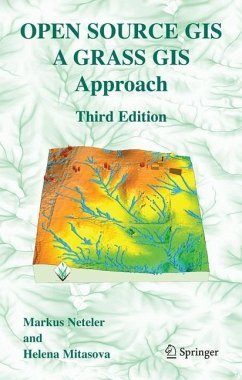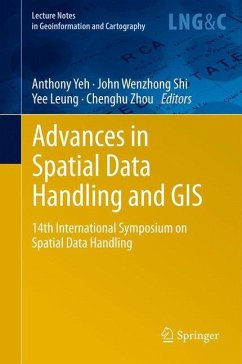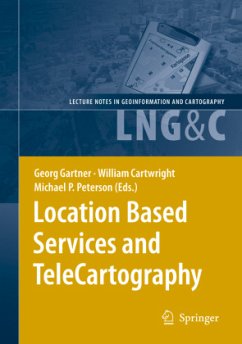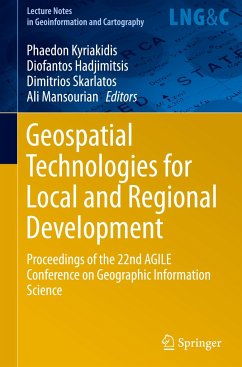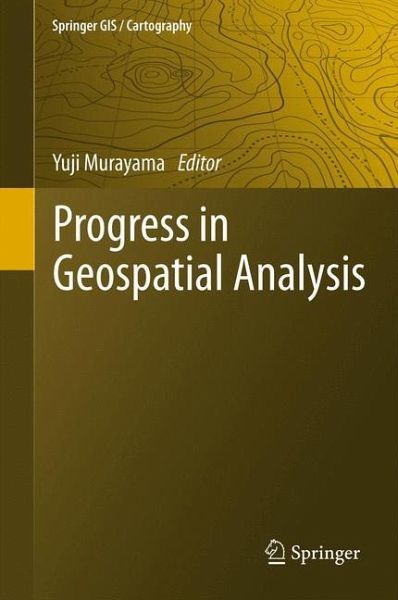
Progress in Geospatial Analysis

PAYBACK Punkte
38 °P sammeln!
This book examines the current development trends on methods and application of geospatial analysis and highlights future development prospects. It aims to provide a comprehensive discussion that includes Remote Sensing and GIS based data processing techniques, current practices on theories, models, and applications of geospatial analysis in geography. This book is written for academics, researchers, practitioners, and advanced graduate students. It will be designed to be read by those new or starting out in the field of geospatial analysis as well as by those who are already familiar with the...
This book examines the current development trends on methods and application of geospatial analysis and highlights future development prospects. It aims to provide a comprehensive discussion that includes Remote Sensing and GIS based data processing techniques, current practices on theories, models, and applications of geospatial analysis in geography. This book is written for academics, researchers, practitioners, and advanced graduate students. It will be designed to be read by those new or starting out in the field of geospatial analysis as well as by those who are already familiar with the field. The chapters have been selected from the experienced authors in such a way that readers who are new to the field will gain important overview and insight. At the same time, those readers who are already practitioners in the field will gain through the advanced and updated materials and state-of-the-art developments in the geospatial analysis. Data acquisition and processing techniques such as remote sensing image selections, classifications, accuracy assessments, models of GIS data model and spatial modeling process will be highlighted in the first part. In the second part, theories and methods including GIS network model, artificial neural network, Markov-CA, fuzzy sets, weight of evidence, spatial autocorrelations, geographically weighted regression, multi-criteria GIS analysis models, agent based models, and spatial visualization will be included. Part three will present selected best practices on geospatial analysis.







